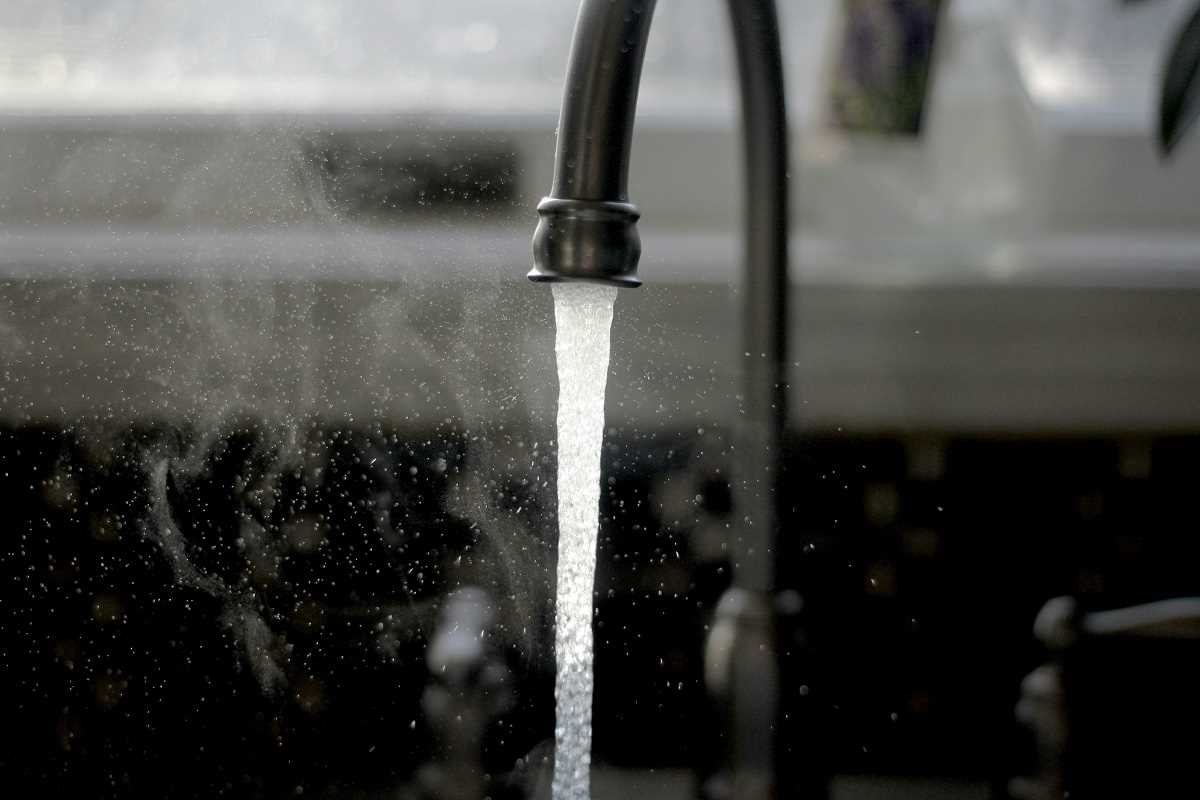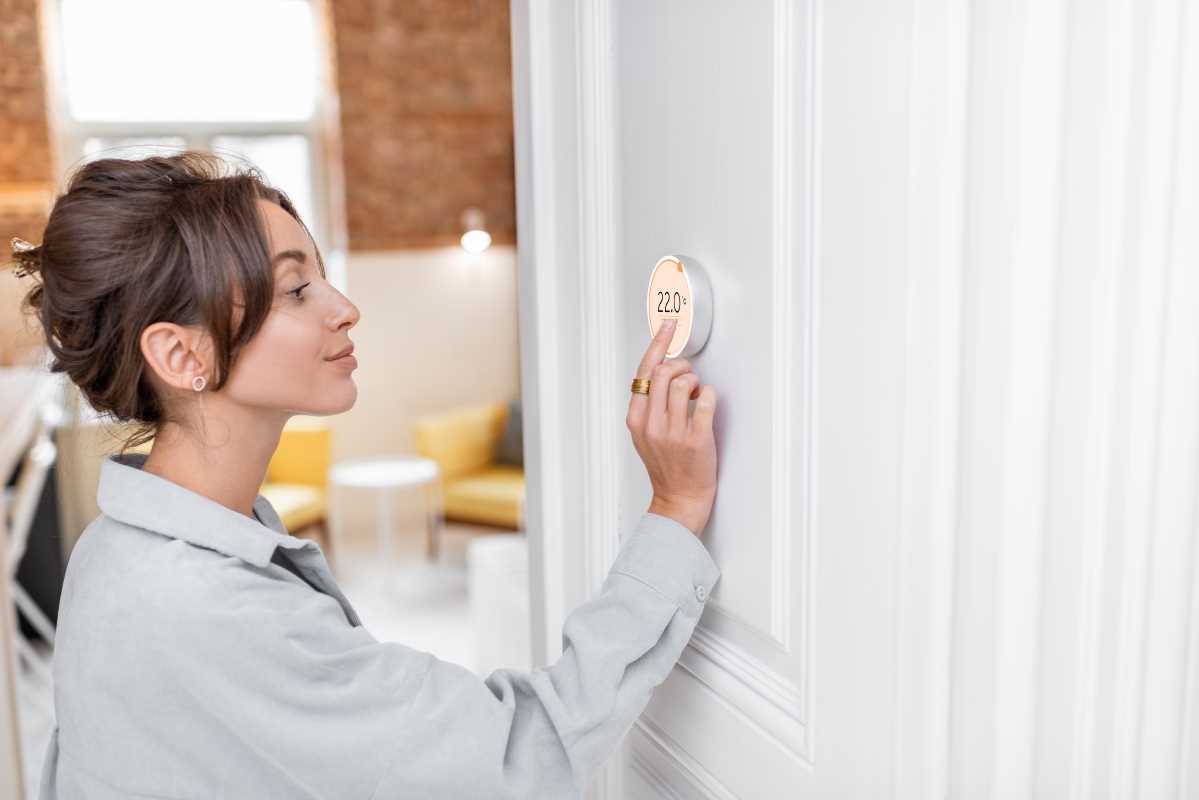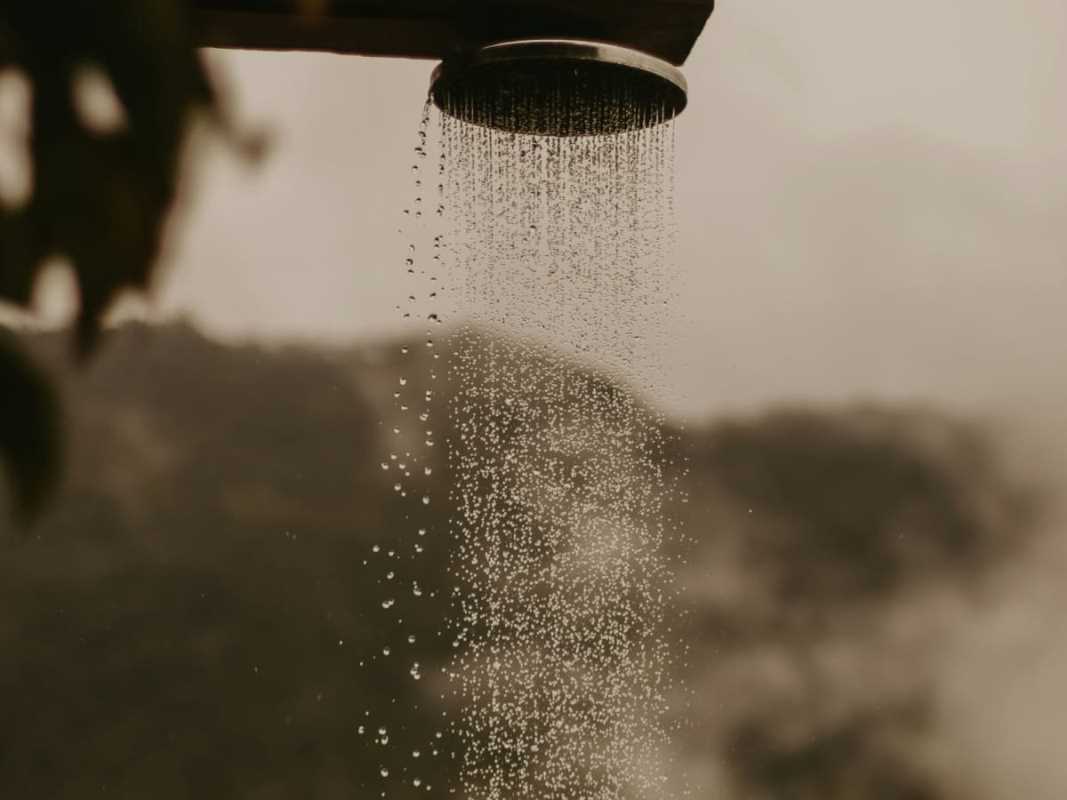The modern home is becoming smarter, with every corner upgraded by technology. From refrigerators that manage your grocery list to lighting you can control with your voice, smart devices have reshaped the way we live.
Among these innovations are smart faucets, a subtle yet impactful upgrade for kitchens and bathrooms. But are they worth the investment? Like anything tech-related, they come with their fair share of benefits and drawbacks. Below, we’ll take a deep look at the pros and cons of installing smart faucets in your home to help you make an informed decision.
Saving Water, One Drop at a Time
Water conservation is often the first thing that comes to mind when discussing smart faucets, and for good reason. These taps are designed to minimize waste by offering precision and control you simply can’t get with a traditional faucet.
The most common water-saving feature is touchless activation. With a wave of your hand or a motion sensor detecting your presence, smart faucets only run when they’re needed. This means no more water flowing idly while you’re scrubbing vegetables or stepping away mid-task. Some models even have timers that automatically shut off the flow if the faucet runs beyond a preset duration.
Another standout element is measured dispensing. Need exactly one cup of water for a recipe? Smart faucets eliminate the guesswork, dispensing precise amounts with ease. Not only is this convenient, but it also encourages mindfulness when it comes to water usage.
Of course, any reduction in water consumption translates to lower utility bills. Over time, this could add up to significant savings, especially for households with heavy kitchen or bathroom usage. Combine that with the environmental benefits of reducing water waste, and the appeal of these futuristic faucets is undeniable.
But it’s not all smooth sailing. A downside to this technology is its reliance on sensors, which can occasionally misfire. Movement near the faucet that isn’t actually intended to activate it might result in small water flows that add up over time. While the intent is conservation, poorly calibrated sensors can sometimes waste water instead.
Convenience vs Complexity
If you’ve ever tried to adjust a faucet with dirty hands or juggled a toddler while cooking, you’ll appreciate the hands-free convenience of a smart faucet. The touchless nature of these devices not only keeps your faucet cleaner but also makes cooking, cleaning, and general daily tasks significantly easier.
Another point of convenience is voice control. Some smart faucets integrate seamlessly with voice assistants like Alexa or Google Assistant. You can ask for specific water temperatures or quantities, transforming tasks as mundane as filling a pot into something straight out of a sci-fi movie. This feature is particularly handy when multitasking or entertaining guests.
Yet, despite their ease of use, smart faucets bring a level of complexity to your sink area. Installation can often be more challenging than simply swapping out a traditional faucet, especially if your existing plumbing isn’t compatible. This can lead to added installation costs or time spent arranging for professional help.
Additionally, as with any technology, glitches can occur. A software update might disrupt functionality, or voice commands could misinterpret your request. While these issues are not deal-breakers for most people, they can add a layer of frustration when all you really want is to rinse your hands.
The Price Tag Debate
When exploring smart faucets, it’s hard to ignore the price tag. These advanced devices are undeniably more expensive than standard fixtures, with top-tier models costing several hundred dollars. If you’re outfitting more than one sink, the expenses can quickly escalate.
Many homeowners view this expense as an investment, considering the long-term potential for water and energy savings. Over time, the initial costs can offset themselves in reduced bills. Yet, the upfront sticker shock can be hard to justify, particularly for those on a tight renovation budget.
There’s also the potential cost of maintenance and repairs to consider. Smart faucets have electronic components, sensors, and software that can fail or wear out over time. This isn’t something you deal with when using a traditional tap, so budgeting for potential repairs or replacements is essential.
That said, the cost can’t be viewed purely in dollars and cents. Smart faucets are undeniably a luxury upgrade, and for those who value cutting-edge technology or modern aesthetics, the appeal might justify the splurge. It’s as much about enhancing your home experience as it is about functionality.
Maintenance and Reliability Concerns
Smart faucets may be high-tech marvels, but their intricate designs mean maintenance is something you’ll want to keep in mind. Unlike standard faucets, which usually require little more than attention to occasional leaks, smart models have more moving parts, including sensors, power supplies, and integrated electronics.
Most smart faucets require batteries or a wired connection to function. Managing these power sources is an additional task, and neglecting them could result in the faucet failing at inconvenient moments. While battery life is generally long-lasting, it’s an issue that traditional taps simply don’t have.
Beyond power, malfunctioning sensors or software errors are common concerns. If the motion sensor stops detecting movement or if the app-based controls suffer a bug, you might find yourself back to manually handling the faucet until fixes are made. Some users may find this added layer of tech complexity more annoying than convenient.
Another angle that warrants attention is cleaning and care. The sensors on smart faucets must remain clear of debris to function properly. Kitchens see their fair share of grease and food particles, while bathroom faucets encounter water spots and soap residue. Regular cleaning is crucial for keeping the technology in good working condition.
Still, when regularly maintained and treated well, most smart faucet systems are built for durability. Investing in a reputable brand can go a long way in minimizing issues and ensuring you get years of reliable service.
Syncing with Your Smart Home
A major draw of smart faucets is their ability to fit seamlessly into an existing smart home ecosystem. Households already equipped with voice assistants, smart lighting, or connected appliances find these faucets to be a natural extension of their tech-savvy setups.
The integration options are impressive. Pairing your faucet to Wi-Fi enables app-based programming, where you can customize flow rates, track your water usage, or even receive alerts about leaks. Voice control adds further practicality, allowing for hands-free operation that feels both futuristic and intuitive.
However, not everyone lives in a fully integrated smart home. For those who don’t have (or want) connected devices, installing a smart faucet might feel like overkill. Without the broader system in place, some of the more advanced features, like voice or app controls, may go unused.
Compatibility also varies across models and brands. Smart faucets often require certain types of virtual assistants or hubs to work effectively, creating potential headaches for homeowners who prioritize simplicity. Research is essential before purchasing to ensure your faucet will sync with whatever smart systems you already have.
For those heavily invested in smart home technology, however, the faucet becomes a functional and stylish addition. It bridges the gap between everyday tasks and cutting-edge convenience, helping make even the most basic routines feel more connected and innovative.
Balancing the Trade-offs
Smart faucets are undoubtedly a testament to how far home technology has come. On the one hand, they offer undeniable benefits, such as water conservation, hands-free convenience, and modern aesthetics. On the other, they come with challenges like higher upfront costs, potential maintenance needs, and occasional tech hiccups.
Here’s a quick recap of the advantages and disadvantages:
Pros:
- Saves water through precise dispensing and touchless features
- Enhances convenience with features like voice control and app integration
- Improves hygiene by reducing physical contact
- Tracks water usage for conservation goals
- Adds a sleek, modern look to your home
Cons:
- Higher installation and purchase costs
- Requires maintenance for sensors, electronics, and power supplies
- Might misfire, leading to occasional water waste
- Dependent on compatibility with other smart home systems
- Potential for glitches or malfunctions over time
Deciding whether to install a smart faucet boils down to your priorities. If convenience, innovation, and sustainability are driving factors for you, the investment makes sense. However, if you prefer simplicity and minimal costs, a standard faucet might still fit the bill just fine. Either way, it’s exciting to know that technology is making even the smallest fixtures in our homes smarter and more efficient.
 (Image via
(Image via





